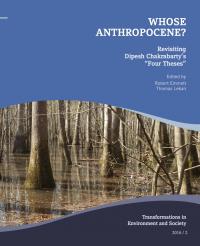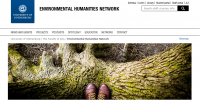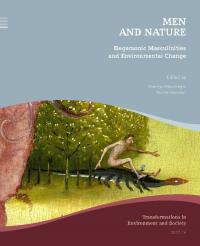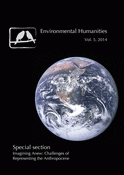Imagining Geological Agency: Storytelling in the Anthropocene
Weik von Mossner looks at how we currently tell stories about global environmental change and human agency in the Anthropocene, the limitations of such narratives, and how consumers of these narratives are affected by them.









